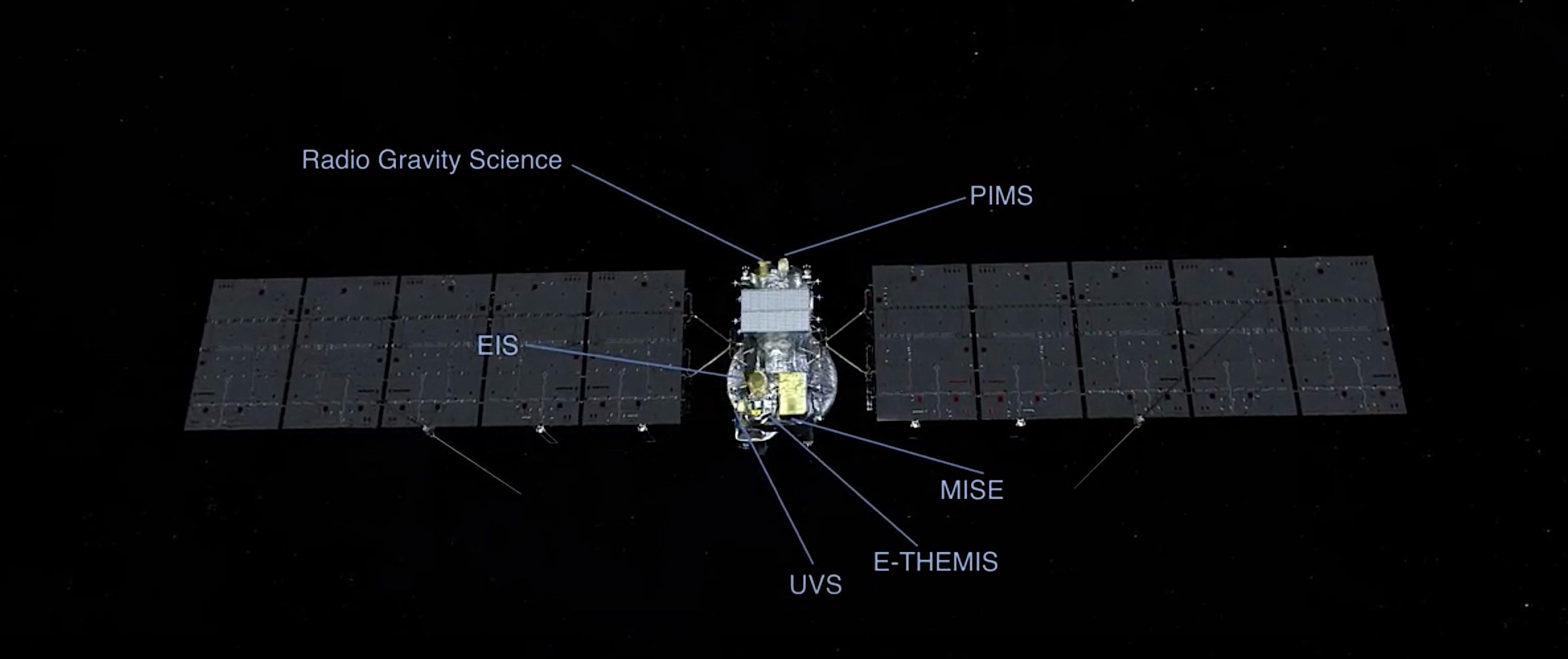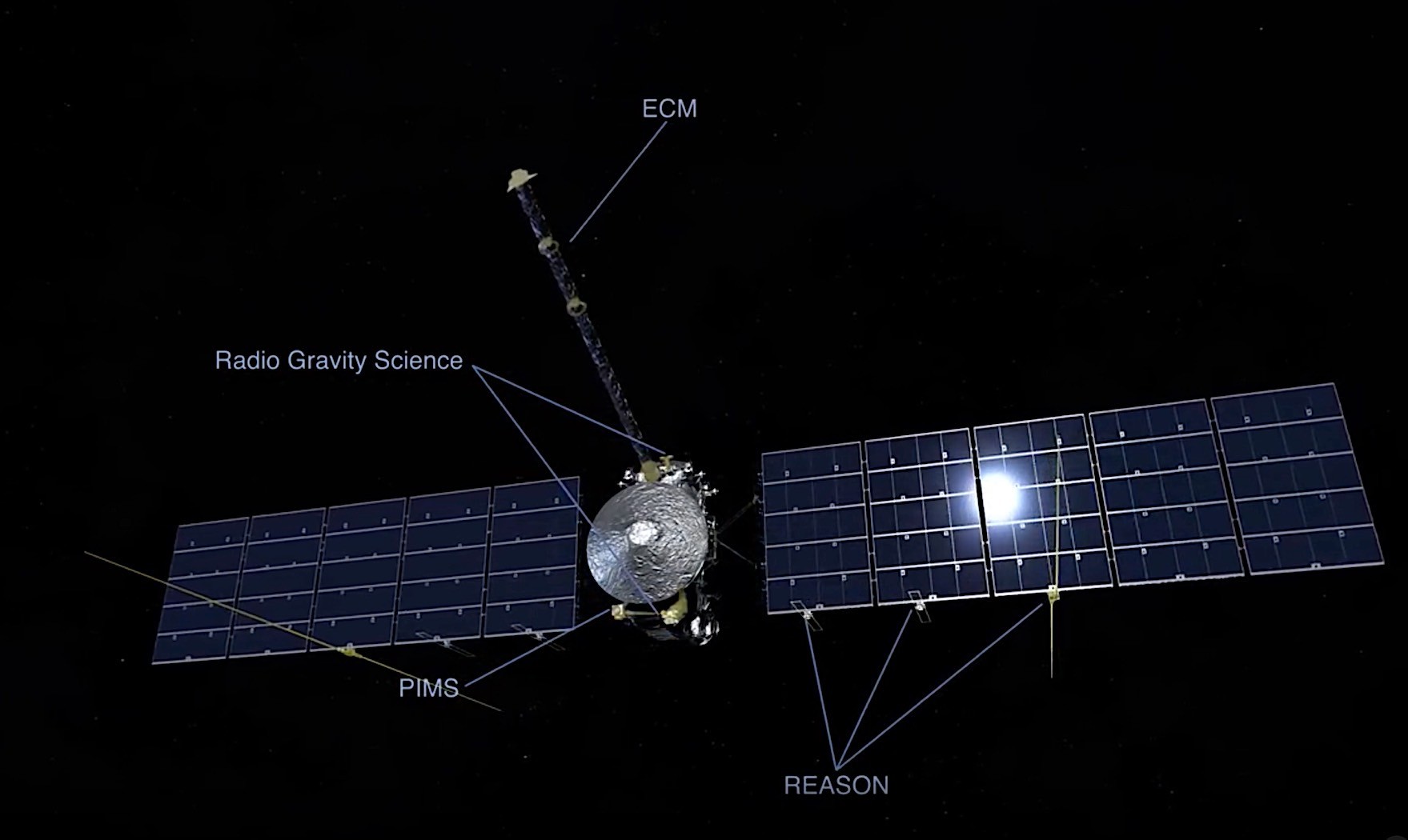NASA’s Europa Clipper mission, set to launch later this year, could revolutionize our understanding of extraterrestrial life. As the most ambitious alien life hunting endeavor to date, the spacecraft will explore Europa, a moon of Jupiter known for its vast subsurface ocean.
The mission aims to confirm the existence of life beyond Earth by analyzing Europa’s potential for habitability. With its immense ocean, organic compounds, and energy sources, Europa presents a compelling target in the search for extraterrestrial life.
The spacecraft’s instruments will allow scientists to study Europa’s surface, subsurface, and atmosphere in unprecedented detail. By analyzing Europa’s icy crust, scientists hope to identify potential signs of life-sustaining conditions beneath the surface.

Europa Clipper is equipped with a suite of advanced instruments, including a magnetometer, a radar imager, a thermal infrared spectrometer, and a high-resolution camera. These instruments will help scientists map Europa’s surface, measure the thickness of its icy crust, and search for evidence of subsurface water plumes.
The mission’s primary objective is to determine whether Europa is habitable. If scientists can find evidence of liquid water, organic molecules, and a source of energy, it would significantly increase the likelihood of life existing on Europa. Additionally, the mission will provide valuable insights into the formation and evolution of icy moons in our solar system.
Europa Clipper is a significant step forward in the search for extraterrestrial life. The mission’s success could have profound implications for our understanding of the universe and our place within it. One of the challenges of exploring Europa is the intense radiation environment surrounding Jupiter.
The planet’s powerful magnetic field generates a torrent of high energy particles that could damage the spacecraft’s sensitive instruments. To protect its payload, Europa Clipper is shielded by a radiation-resistant vault. Despite the spacecraft’s distance from the Sun, the primary source of power for the mission is solar energy, which is captured by large solar arrays mounted on the spacecraft.
Europa Clipper is scheduled to launch on a SpaceX Falcon Heavy rocket from Kennedy Space Center in October 2024. After a five and a half year journey, the spacecraft will enter Jupiter’s orbit in 2030.

During its mission, Europa Clipper will conduct 49 close flybys of Europa, using its instruments to study the moon’s surface, atmosphere, and subsurface ocean. The data collected during these flybys will help scientists determine whether Europa possesses the necessary conditions for life to exist.
In addition to its scientific objectives, Europa Clipper carries a symbolic payload that includes the names of millions of people, a poem by U.S. Poet Laureate Ada Limón, recordings of the word “water” in 103 languages, and the Drake Equation, a mathematical formula used to estimate the likelihood of extraterrestrial intelligence. This symbolic payload reflects humanity’s enduring curiosity about the universe and our place within it.

